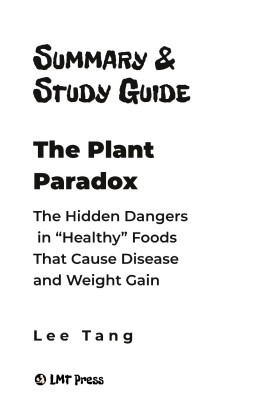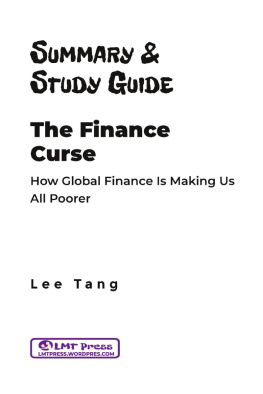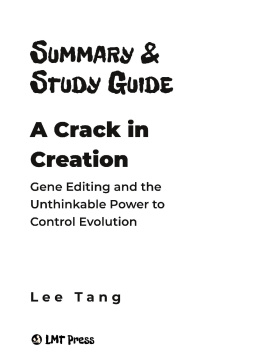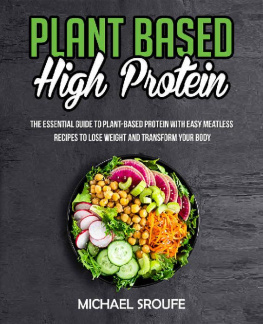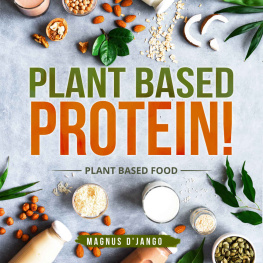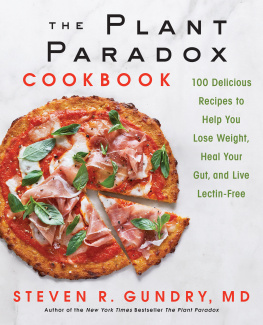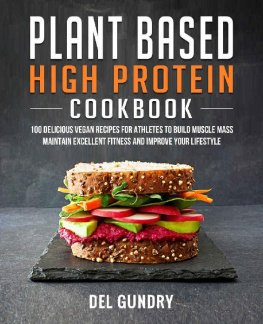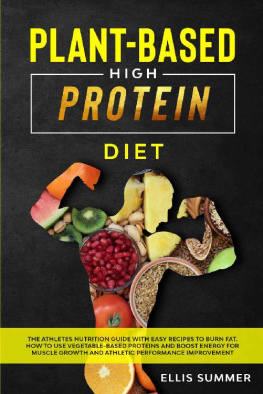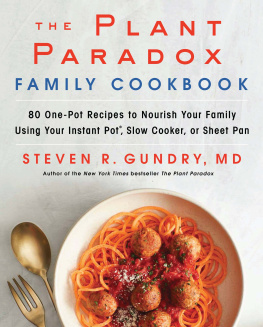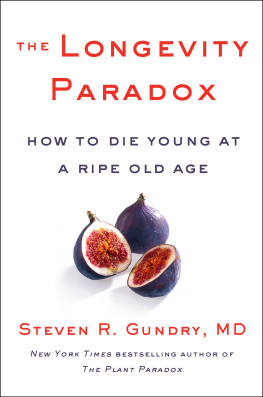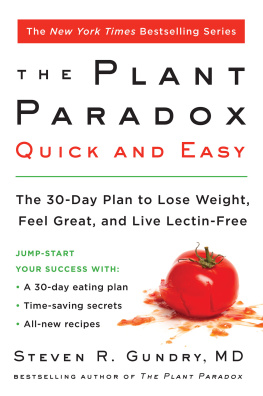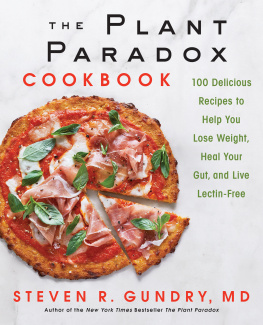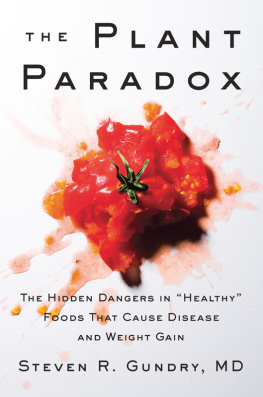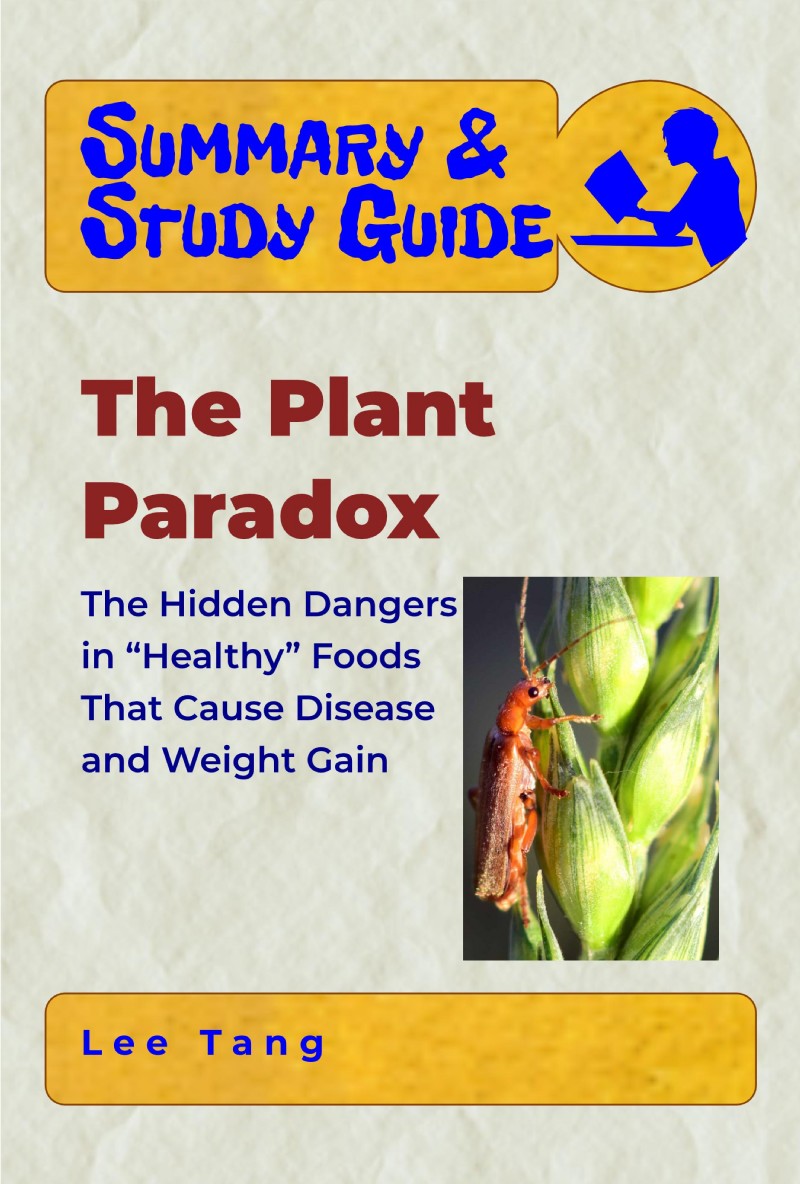Prevent and Reverse Autoimmune Disorders, Diabetes, Leaky Gut Syndrome, Heart Disease, and Neurodegenerative Diseases.
This book is a summary of The Plant Paradox: The Hidden Dangers in Healthy Foods That Cause Disease and Weight Gain, by Steven R. Gundry, MD
While many plant foods are good for you, others can make you sick and overweight. Most of us have heard of gluten, a protein in wheat that can cause widespread inflammation in the body, resulting in serious illnesses. Gluten is just one of a variety of toxic plant-based proteins called lectins. For millions of years, plants protected themselves and their offspring from insects by producing toxins in their seeds and other parts. These toxins can paralyze insects and make them sick. They can also destroy your health.
In The Plant Paradox, Dr. Gundry explains the hidden dangers of healthy foods that can cause disease and weight gain. The Plant Paradox Program is a protocol used by Dr. Gundry in his California clinic to treat patients suffering from autoimmune disorders, diabetes, leaky gut syndrome, heart disease, and neurodegenerative diseases. It includes a step-by-step detox and eating plan detailing which plant foods to eat, which to avoid, and how to prepare certain foods to mitigate the impact of lectins.
Read this book to find out which plant foods to eat, which to avoid, and how to prepare certain foods to mitigate the impact of lectins.
This guide includes:
Value-added from this guide:
Save time
Understand key concepts
Expand your knowledge
Important Note About This Guide
This guide is a summary and not a critique/review of the book. The summary may not be organized chapter-wise but summarizes the books main ideas, viewpoints, and arguments. It is NOT meant to be a replacement, but a supplement to help you understand the books key ideas and recommendations.
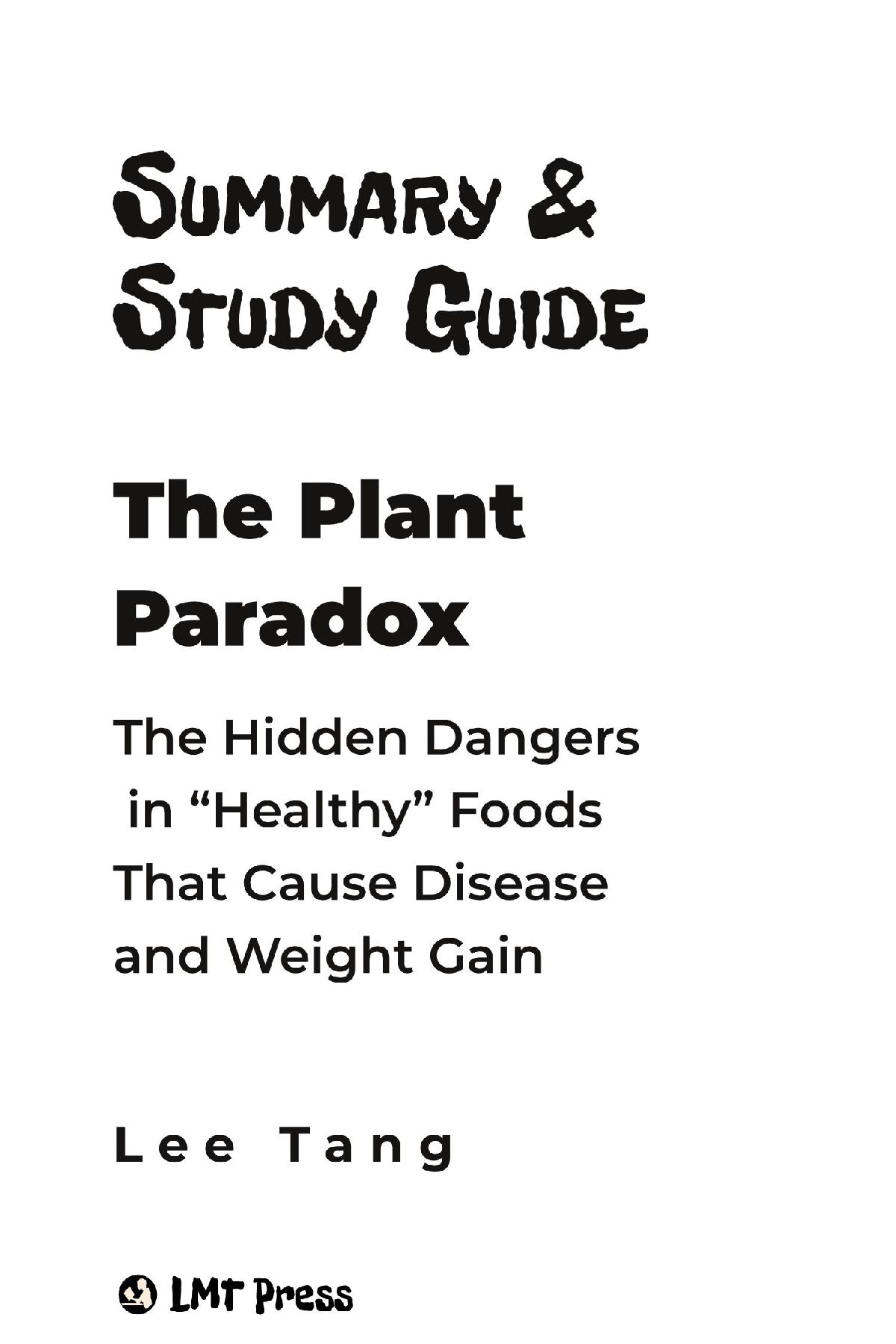
Title: Summary & Study Guide - The Plant Paradox
Subtitle: The Hidden Dangers in Healthy Foods That Cause Disease and Weight Gain
Author: Lee Tang
Publisher: LMT Press (lmtpress.wordpress.com)
Copyright 2018 by Lee Tang
All rights reserved. Aside from brief quotations for media coverage and reviews, no part of this book may be reproduced or distributed in any form without the authors permission. Thank you for supporting authors and a diverse, creative culture by purchasing this book and complying with copyright laws.
First Edition: April 2018
Issued in print and electronic formats.
ISBN 9781988970080 (ebook)
ISBN 9781987698411 (paperback)
ISBN 9781987063752 (paperback)
Limit of Liability/Disclaimer of Warranty: The publisher and author make no representations or warranties regarding the accuracy or completeness of these contents and disclaim all warranties such as warranties of fitness for a particular purpose. The website addresses in the book were correct at the time going to print. However, the publisher and author are not responsible for the content of third-party websites, which are subject to change.
To my wife, Lillian, who is the source of energy and love for everything I do, and to Andrew and Amanda: watching you grow up has been a privilege.
Table of Contents
Part I
The Dietary Dilemma
Chapter 1
The War Between Plants and Animals
E very living thing strives to survive and passes on its genes to future generations. Some plants, such as fruit trees, enclose their seeds in a hard coating so they can survive a trip through the predators digestive system, or large enough not to be swallowed, and simply left behind. These plants rely on animals to eat or gather their seeds before they fall to the ground. They want the seeds to wind up some distance from the mother plant so they dont have to compete for sun, moisture, and nutrients. But they dont want the seeds to be eaten before the protective coating is hardened, so they use color to convey the message that the fruit is not ready. They also increase the toxic level in unripe fruit to discourage predators.
For grass, grains, and other plants that grow in open futile fields, they want their seeds to fall in place because there is no advantage to be carried off. Instead of a hard casing, the seed contains chemicals that weaken predators, paralyze them, or make them ill so they wont eat the plant again. These chemicals include phytates, which hamper mineral absorption; trypsin inhibitors, which hinder digestion; and lectins, which disrupt cellular communication by causing a leaky gut. Gluten is a variety of lectins found in wheat. Whole grains contain all three chemicals in the fibrous hull, husk, and bran. Other chemicals include tannins and alkaloids found in the stems and leaves of the nightshade family.
What Are Lectins?
Lectins are sticky proteins in the seeds, grains, skins, rinds, and leaves of most plants. They are also found in the meat, milk, and eggs of livestock, and farmed-fish fed with lectin-laden soy and corn. Lectins help plants defend themselves by binding to sugar molecules in the predators body, causing inflammatory reactions and interrupting cellular communication. They also help viruses and bacteria bind to their intended targets, increasing the risk of viral and bacterial infections.
How Your Body Defend Against Lectins
The mucus in your nose and saliva in your mouth contain sugars that trap lectins. The mucus also adds a coating to your esophagus as your meal works its way down.
The stomach acid digests some lectins.
Some bacteria in your mouth and gut consume lectins before they interact with the intestinal wall.
The tight junctions in the intestinal wall act as a barrier, keeping the lectins in the gut.
Lectin Attack Strategies
Get Through the Gut WallIf one or more of the defenses detailed above are breached, lectins can pry apart the tight junctions in the intestinal wall and get into the body. Once there, they act like any foreign protein, causing immune responses and inflammation.
Confuse the Immune System withMolecular MimicryLectins can mimic some proteins in your body, causing the immune system to attack its own proteins.
Disrupt Cellular CommunicationSome lectins bind to cell receptors, disrupting cellular communication. For example, the lectin WGA (wheat germ agglutinin) can attach to the insulin docking port as if it were the actual insulin molecule. But unlike the real hormone, it never releases. This can cause reduced muscle mass, starved brain and nerve cells, and plenty of fat.
***
THE LECTINS' ABILITY to mimic other proteins and confuse the bodys cellular communication is the cause of many serious diseases such as allergies, arthritis, dementia, heart disease, diabetes, cancer, and obesity.
Online Videos
Antinutrients: The Dark Side of Plants?
Lectins & Digestive Problems
Top Foods High In Lectins And Ways To Reduce Them
Chapter 2
Lectins on the Loose
H umans had been having trouble with lectins for thousands of years until they discovered

